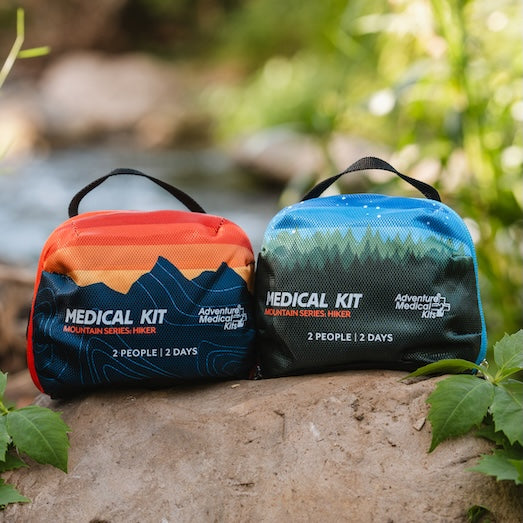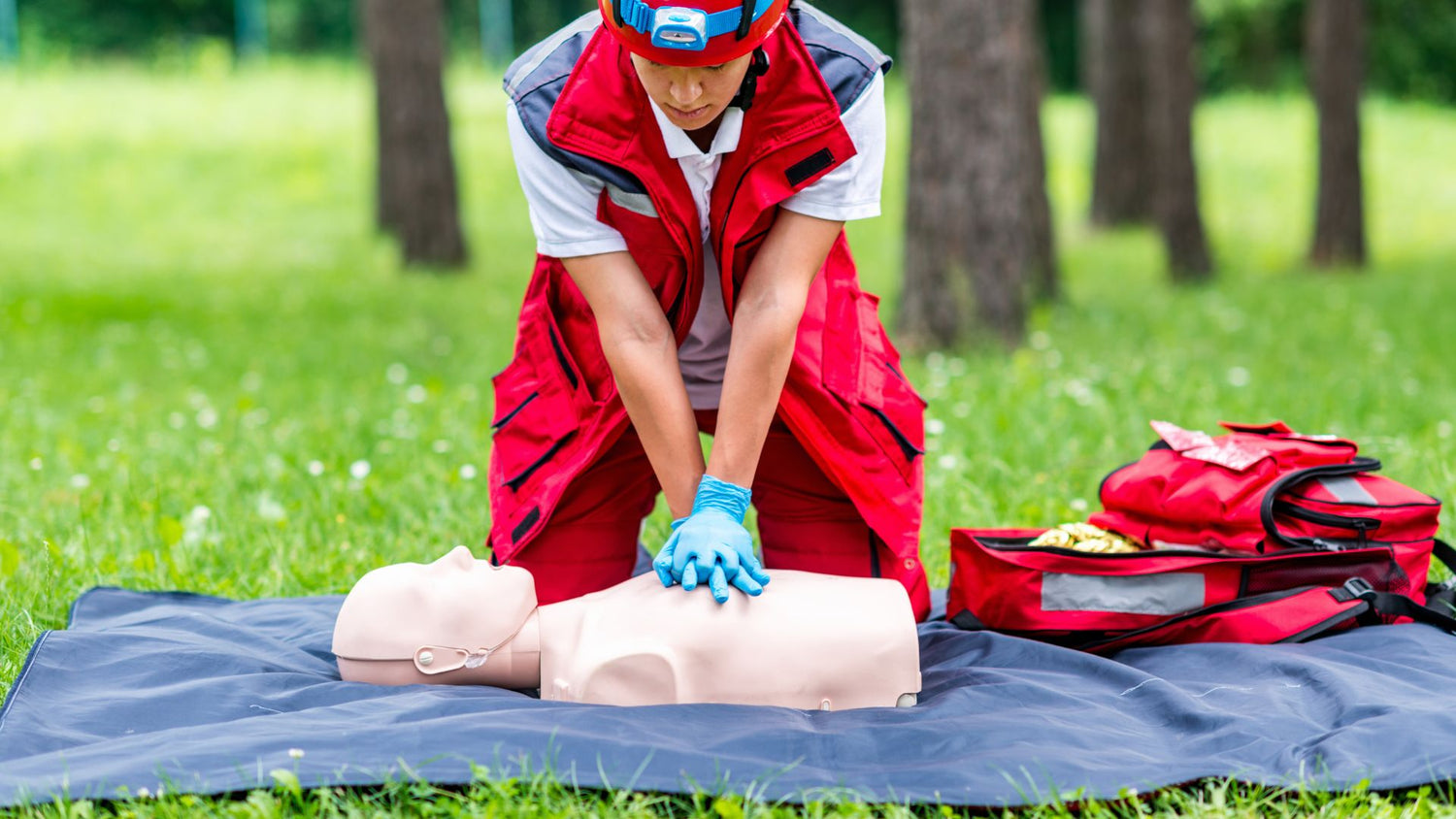Imagine your hiking partner collapses on the trail and stops breathing. Do you remember what to do? Trained first responders instantly kick into a complex algorithm of life-saving emergency cardiovascular care. But for the average outdoor enthusiast, whether to start CPR, and how to do cardiopulmonary resuscitation (CPR) properly can be so difficult you may be reluctant to even attempt.
Fortunately, the American Heart Association (AHA) this week issued new Hands Only CPR guidelines. The main point is to simplify. It is easier to teach, easier to remember, and much easier to implement on the trail or even on the city sidewalk.
Two Simple Steps for Hands Only CPR
According to AHA, you can perform Hands Only CPR in two simple steps without formal training: first call 911, and then “push hard and fast on the center of the chest.” It’s uncomplicated and effective.
In addition to making CPR less daunting, simplicity is bolstered by good science. Chest compressions are now known to be as vital as rescue breathing and electric shocks, even with the ubiquitous automated external defibrillators (AED) at airports, malls, and ski patrol huts. The heart is the pump that moves the blood to vital organs including the brain. In five minutes, brain damage can begin if it’s starved of oxygen. So delivering blood to the brain is of paramount importance. Hence the medical lexicon for CPR is dubbed cardiocerebral resuscitation.
Keep in mind, chest compressions aren’t executed as depicted on ER or House. Proper compressions require the chest to be compressed 1.5 inches at about 100 per minute or simply “hard and fast.” Pump to the beat of the Bee Gees Staying Alive.
When To Use Rescue Breathing
While the new guidelines call for lay the person to perform only Hands Only CPR going forward, for trained first responders rescue breathing is still important in certain situations: unwitnessed arrests, for example, near-drowning, drug overdoses, and when attempting to resuscitate breathing in kids. We don’t call it mouth-to-mouth anymore because you should use a CPR mask to prevent the transfer of potentially infectious bodily substances. So unless you see someone collapse, you should follow the full new CPR regimen. But instead of the old ABC’s of CPR (Airway, Breathing, Circulation), follow the new CAB (Compressions, Airway, Breathing) method: perform compressions first for one cycle of 30, followed by two rescue breaths, then repeat. If you don’t know how long someone has been down, do full CPR because their blood may not have enough oxygen if several minutes have elapsed.
We also know that zapping a near-dead person with 200 joules of electricity with an AED can restore a person’s normal heart beat in certain situations. So use an AED if you have one: they are simpler to use than an iPhone. But, Hands Only CPR is your fundamental task if you don’t have an AED available or if the AED advises “no shock.”
So remember the two steps for Hands Free CPR 1. call 911 and 2. push hard and fast on the center of the chest. If you can find an AED, use it. If you implement rescue breathing, use a pocket CPR mask to protect yourself—you should carry one in your pack and in your car. And sign up for a formal, two-hour CPR course on the new guidelines to be better suited to care for trail emergencies. For more information, check Hands-Only CPR Information from American Heart Association.














